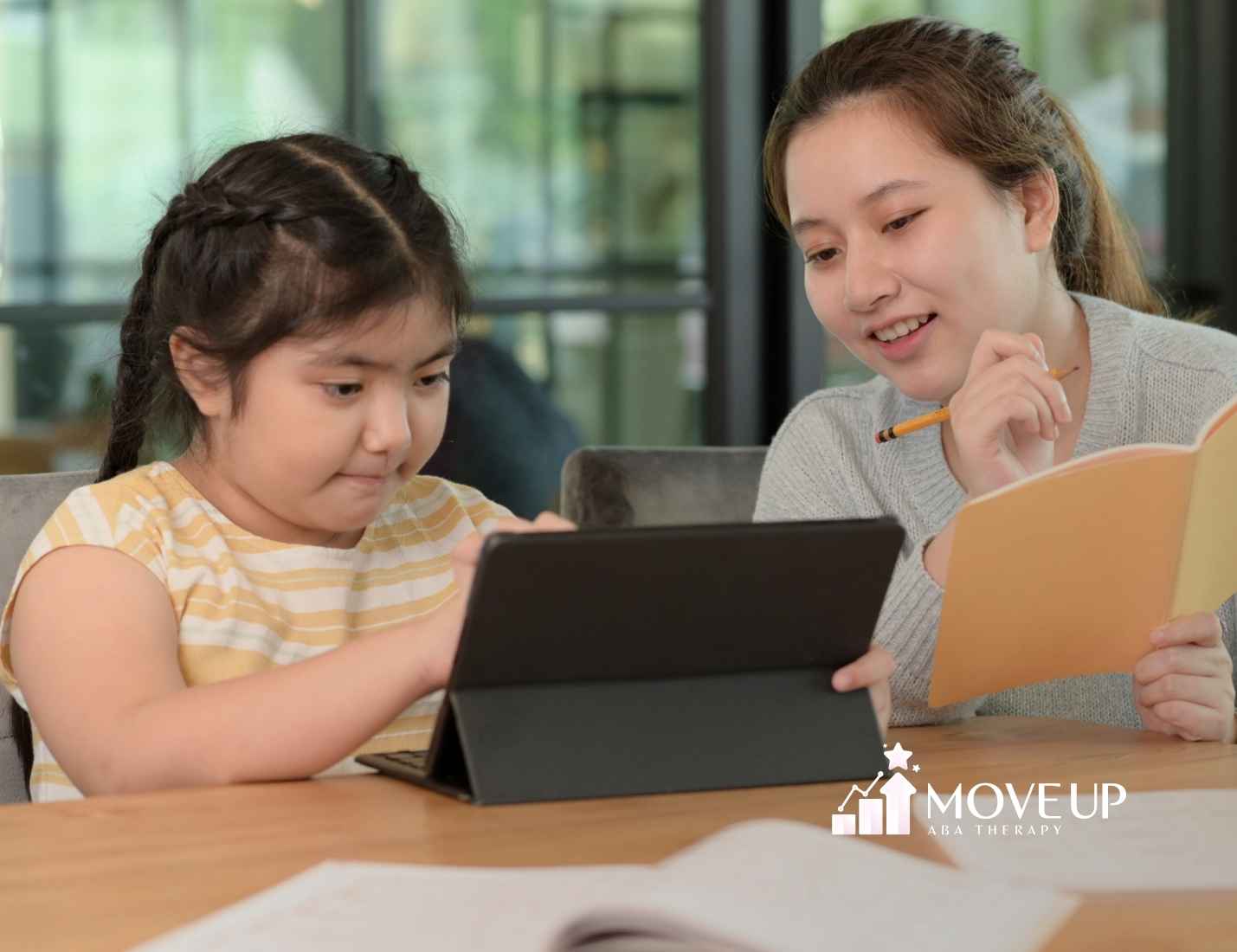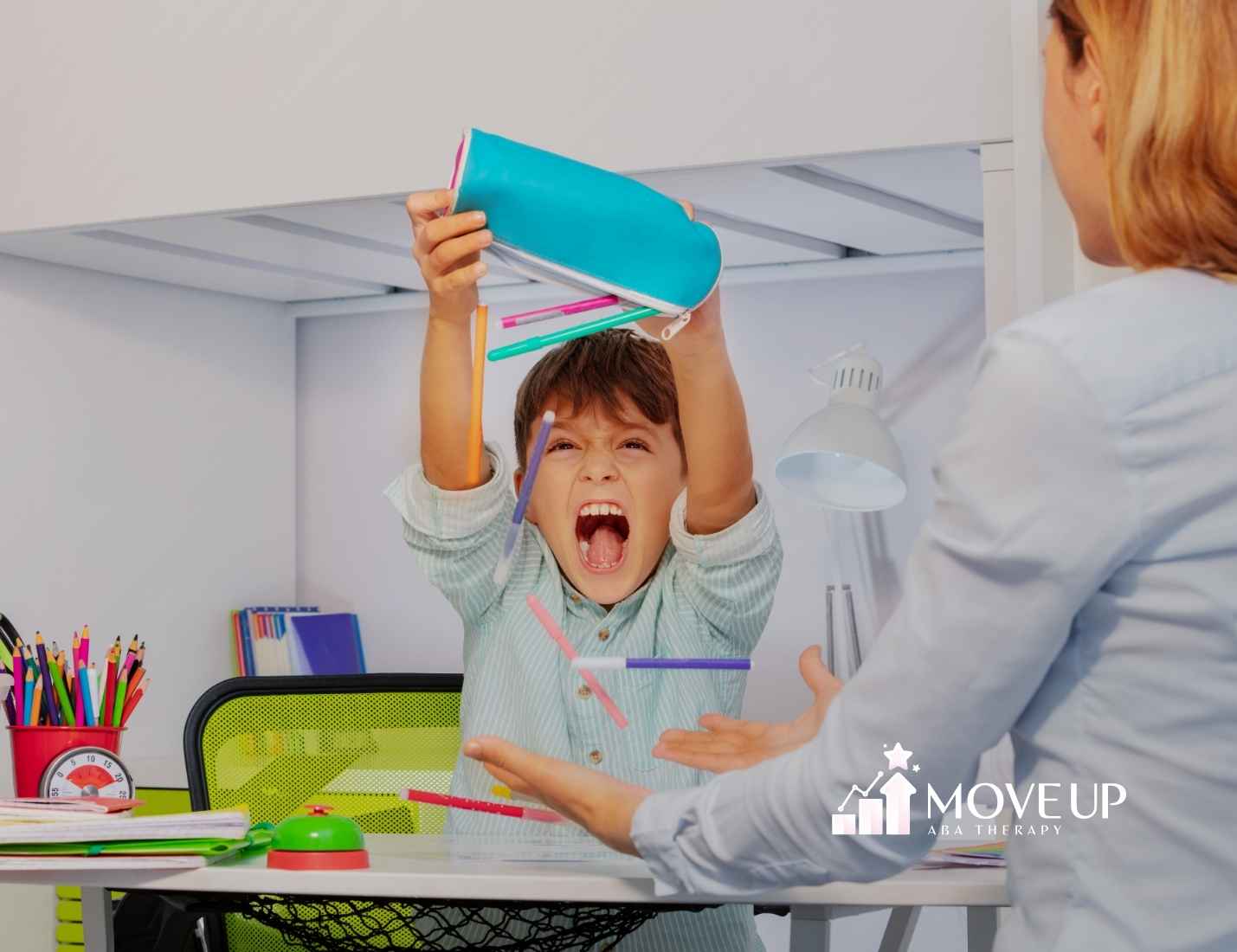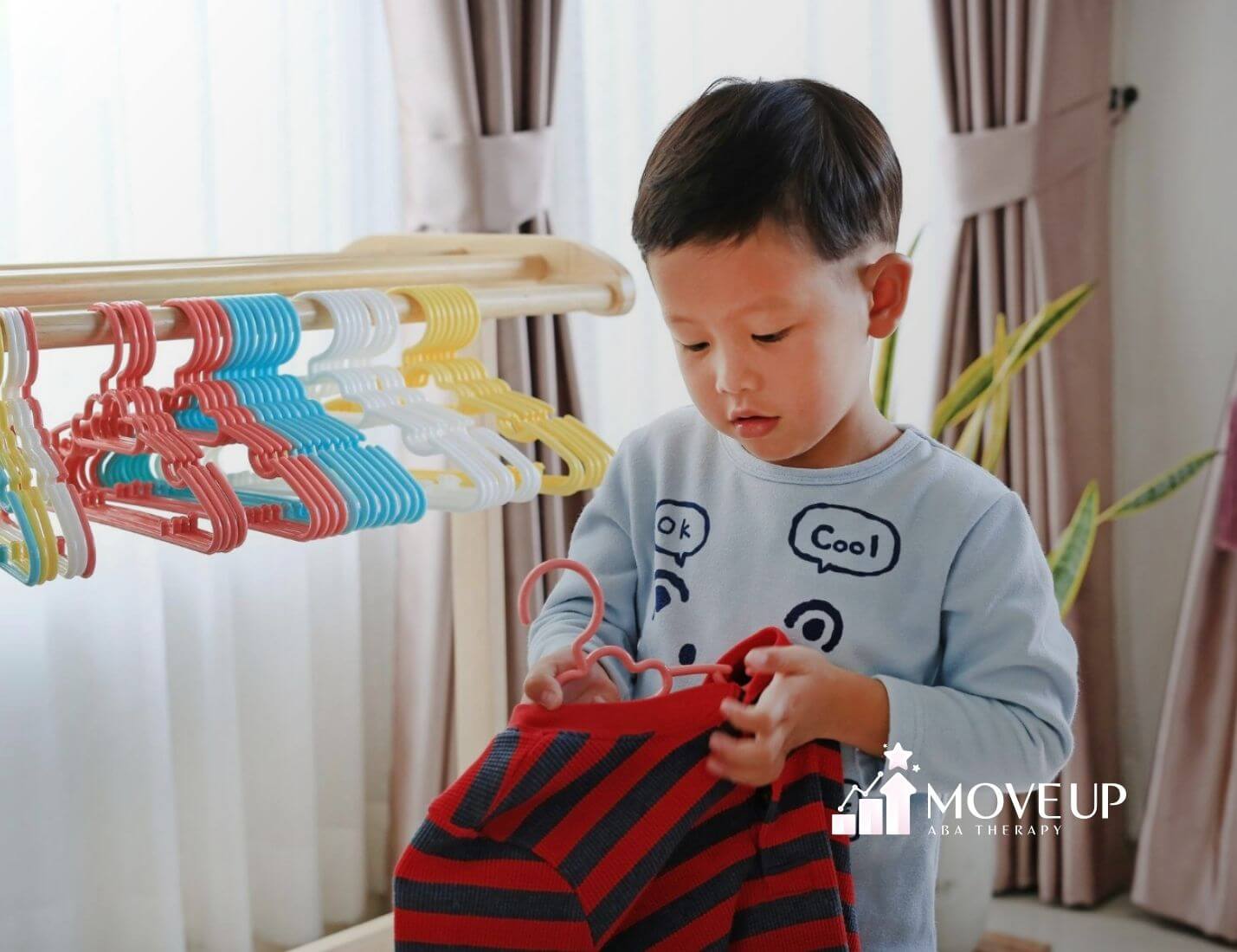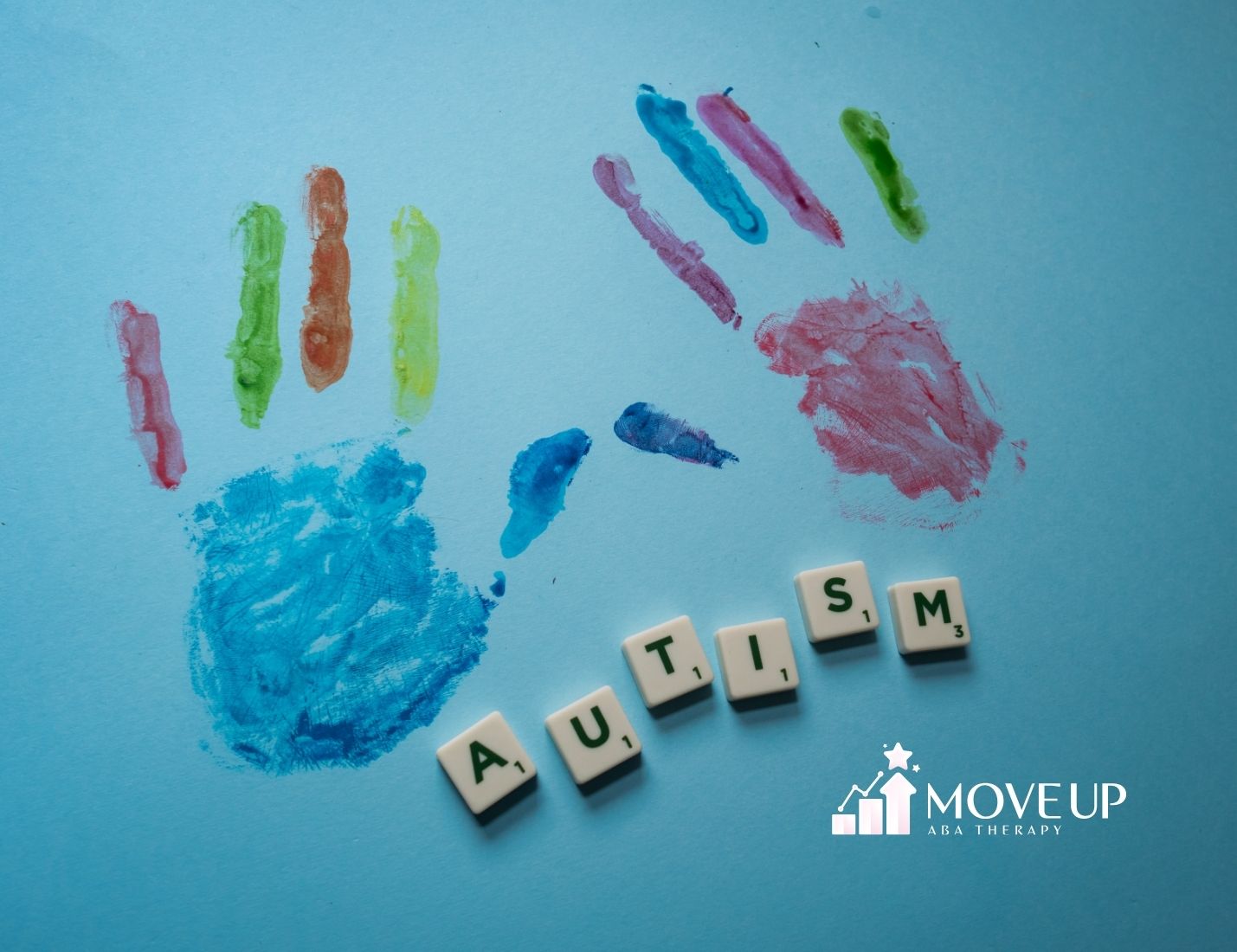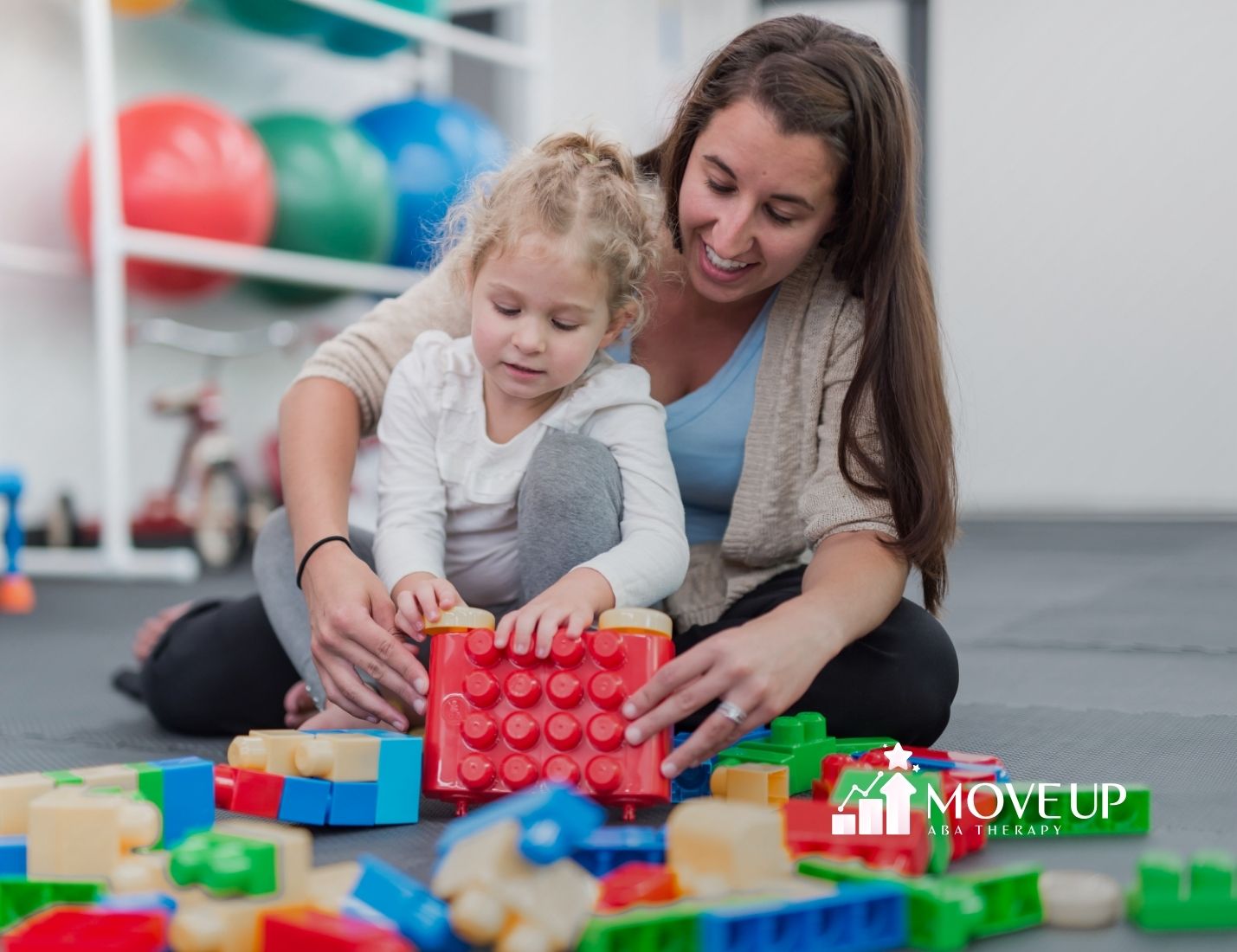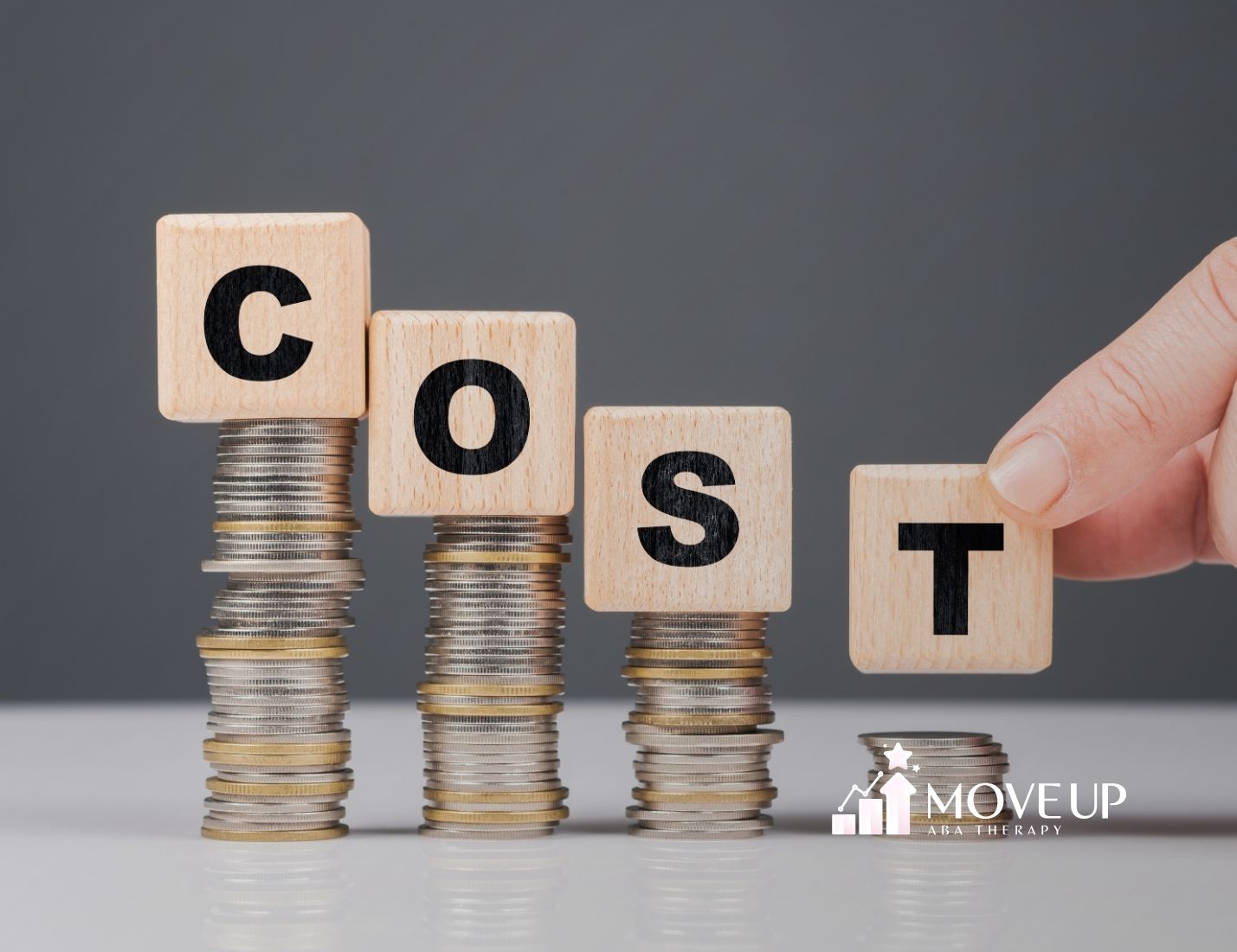Teaching a second language to a child with autism can be both rewarding and achievable with the right approach. While every child is unique, many children on the autism spectrum can successfully learn two languages when instruction is tailored to their needs. Start with structured routines. Using th...
Addressing challenging behaviors in autistic children can feel overwhelming, but a well-crafted Behavior Intervention Plan (BIP) offers a path forward. This structured document isn’t just a plan—it’s a roadmap designed to understand and address the underlying causes of behaviors. By focusing...
Key Highlights Individuals with autism spectrum disorder often experience heightened stress due to sensory sensitivities and social communication challenges. Applied Behavior Analysis (ABA) therapy offers effective strategies for understanding and managing this autism-related stress. ABA therapy emp...
Key Highlights Applied Behavior Analysis (ABA) leverages behavioral skills training to promote skill acquisition and address challenging behaviors, particularly for individuals on the autism spectrum. ABA therapy focuses on incorporating positive reinforcement and constructive feedback to encourage ...
No, ABA therapy cannot reverse autism. Autism is not something that can be reversed or cured. What the Research Says Autism is a lifelong neurodevelopmental condition. According to the CDC and major studies, autism cannot be reversed. ABA therapy is designed to help autistic individuals build skills...
There’s no scientific evidence that ABA therapy makes autism worse. The impact depends on how therapy is delivered. What the Research Shows ABA is widely backed by clinical data as an effective treatment for autism. According to a 2011 study by the U.S. Surgeon General, ABA-based interventions hav...
ABA therapy is often paid for by insurance, Medicaid, or out-of-pocket. Coverage depends on your state, provider, and plan type. Who Pays for ABA Therapy? Coverage Sources Private Insurance: Most U.S. states, including Maryland, mandate ABA coverage for autism under many private plans. Medica...
ABA Therapy can cost $120 to $200 per hour out of pocket. Without insurance, weekly costs range from $1,200 to $4,800, depending on hours. Cost Breakdown According to industry data from Autism Parenting Magazine and Apricott, the average cost for ABA therapy without insurance is: Hourly rate: $120�...
Finding the right therapy for children on the autism spectrum can be hard. There is ABA therapy and VB therapy, and many people wonder which is best. Both of these come from behavior analysis, but there are some big differences. ABA therapy looks at a lot of things and aims to help in different area...



